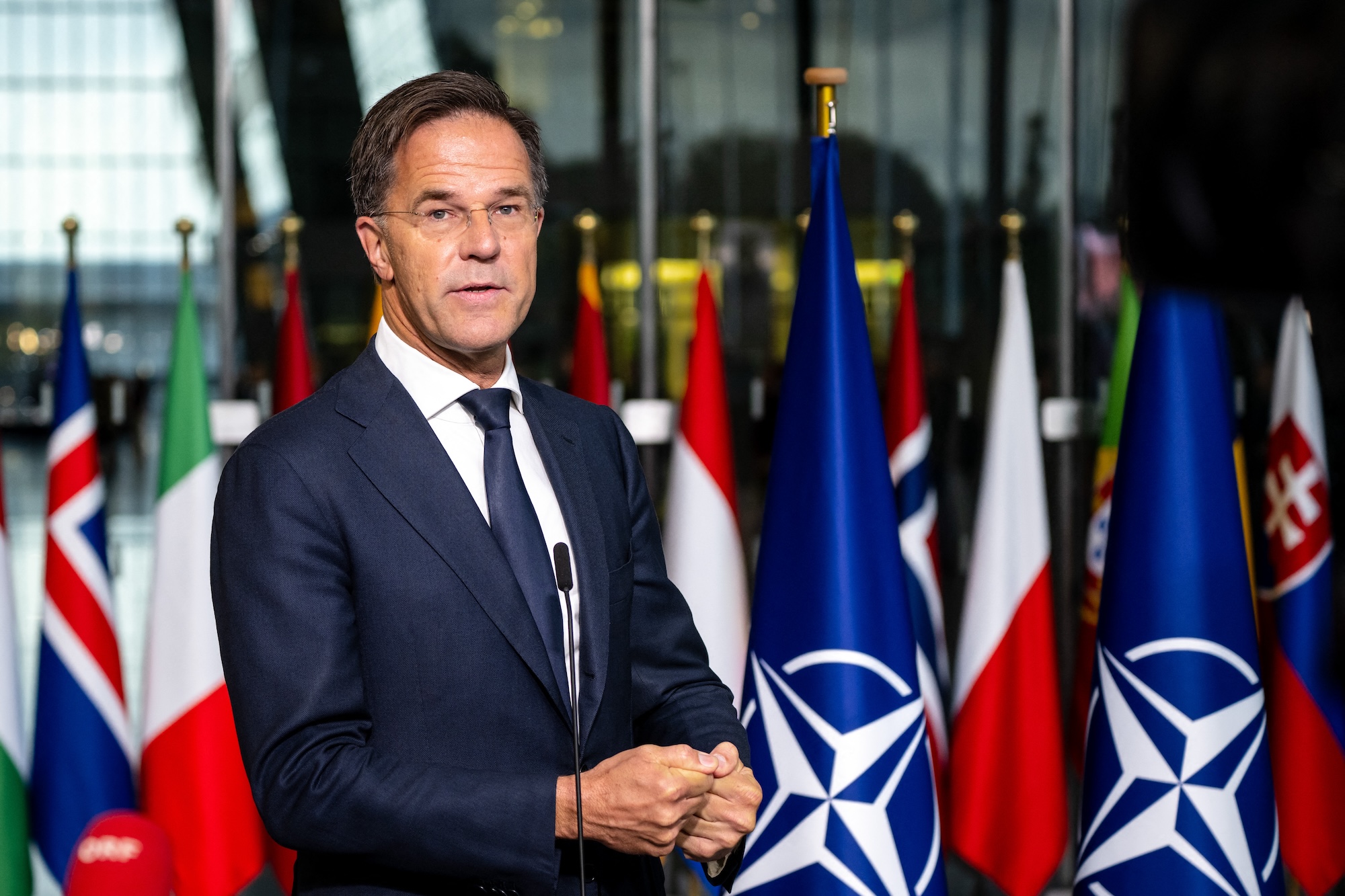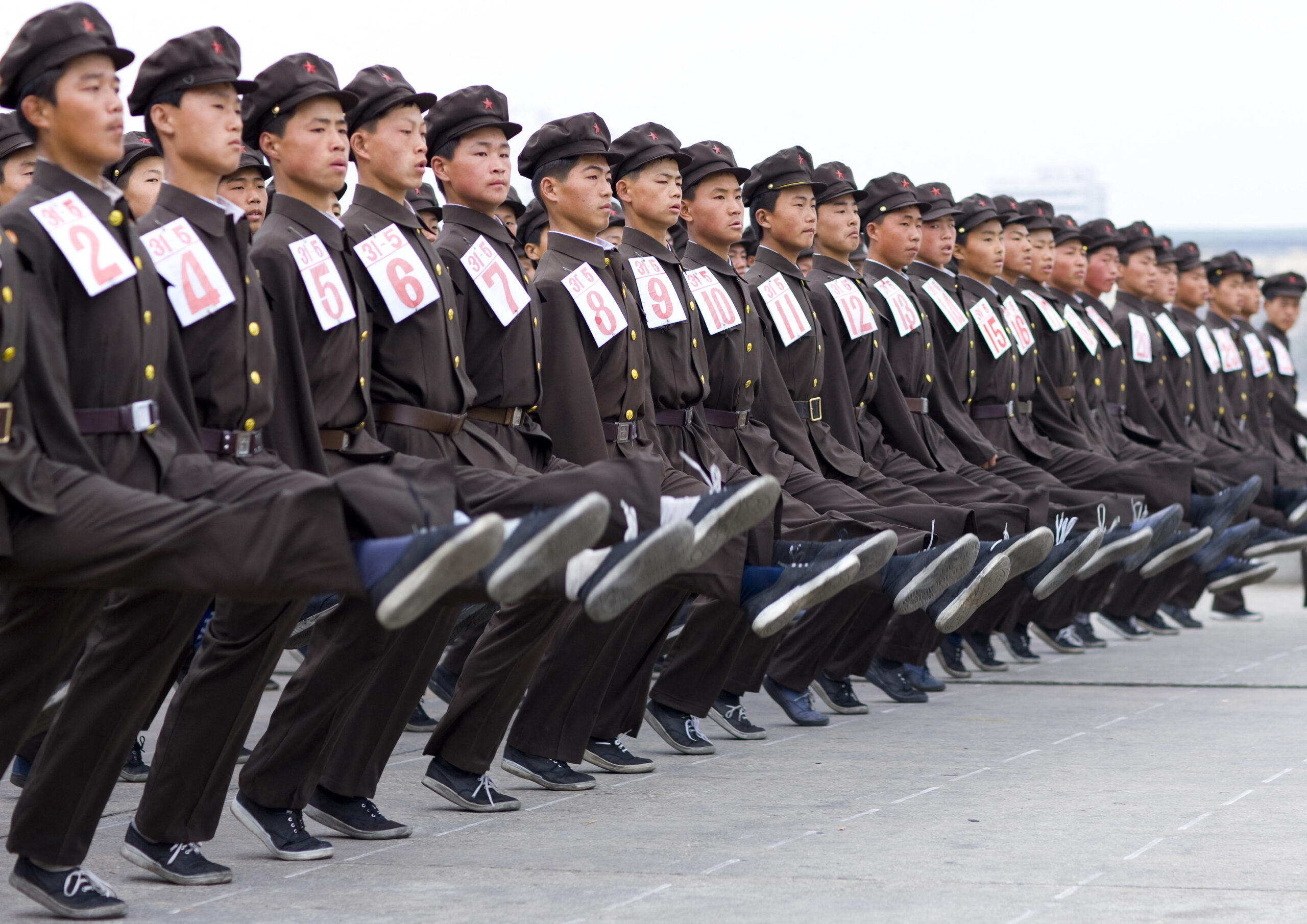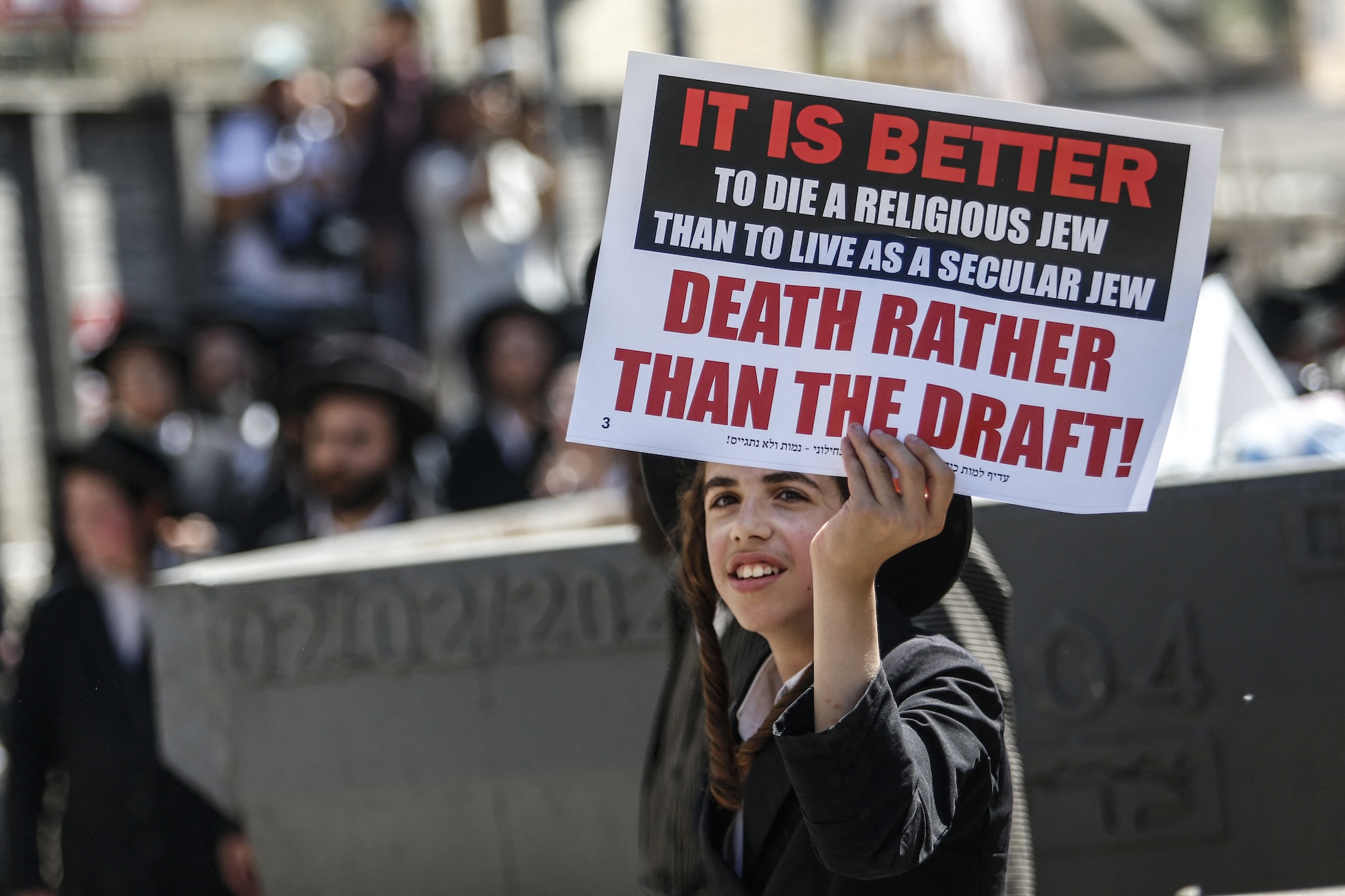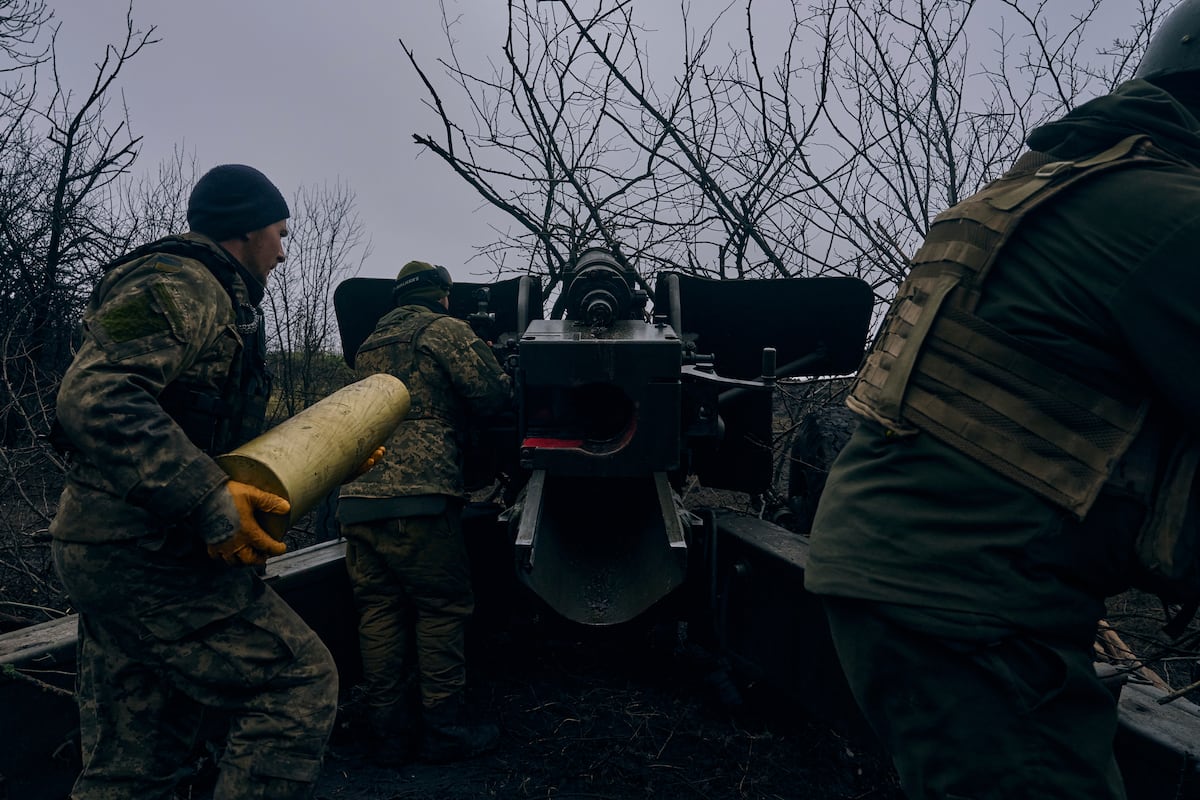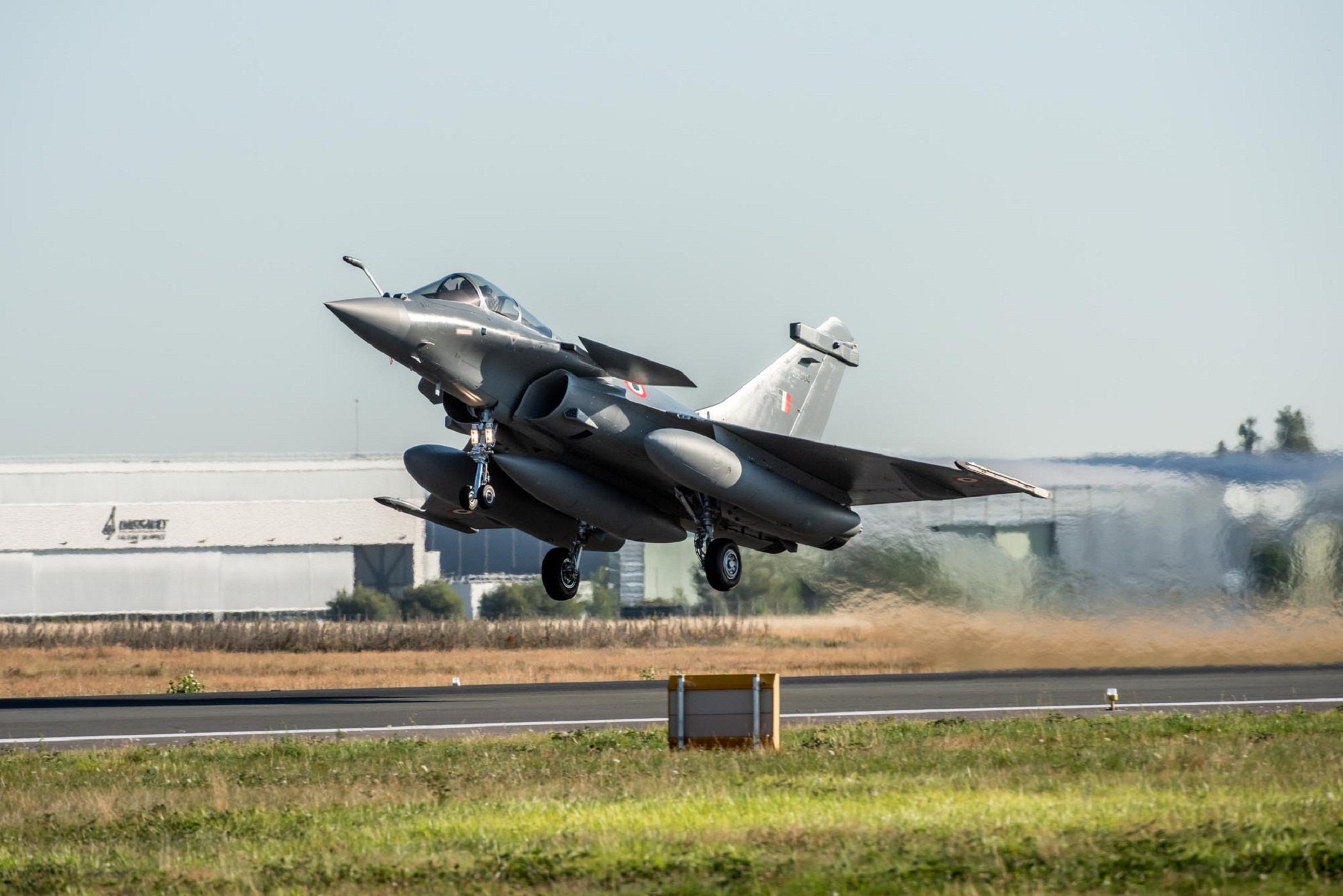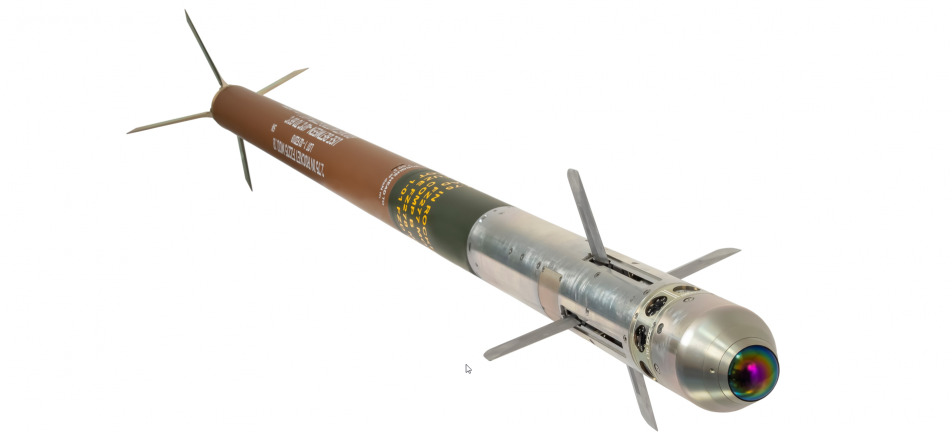NATO Will Remain United Regardless of US Election Outcome: Rutte
NATO Secretary General Affirms Unity Ahead of U.S. Election Results Berlin, Germany - In a statement made on Monday, NATO…
Approximately 2,000 Additional North Korean Troops Arrive in Russia’s Kursk, According to the Pentagon
Pentagon Reports Increase in North Korean Troops in Russia’s Kursk Region Amid Rising Tensions The Pentagon announced Monday that the…
Israel Issues 7,000 New Conscription Orders for Ultra-Orthodox Citizens
Israel Issues 7,000 Additional Draft Orders for Ultra-Orthodox Community Amid Ongoing Conflict JERUSALEM — In a significant move, Israel's Defense…
Czechia’s Silent Battle for Artillery Shells: Insights for Europe
Headline: Ukraine Faces Severe Challenges in Defense Efforts as Winter Approaches As the war in Ukraine approaches its third year,…
Indian Air Force Plans New Procurement Tender for 114 Aircraft
Indian Air Force Plans Open Tender for 114 Medium-Role Fighter Aircraft In a significant shift in procurement strategy, the Indian…
Thales Belgium Partners with Ukrainian Company to Develop Counter-Drone Missile
Thales Belgium and Ukrainian Firm Partner on Counter-Drone Missile Production Thales Belgium has officially signed a memorandum of understanding (MoU)…

